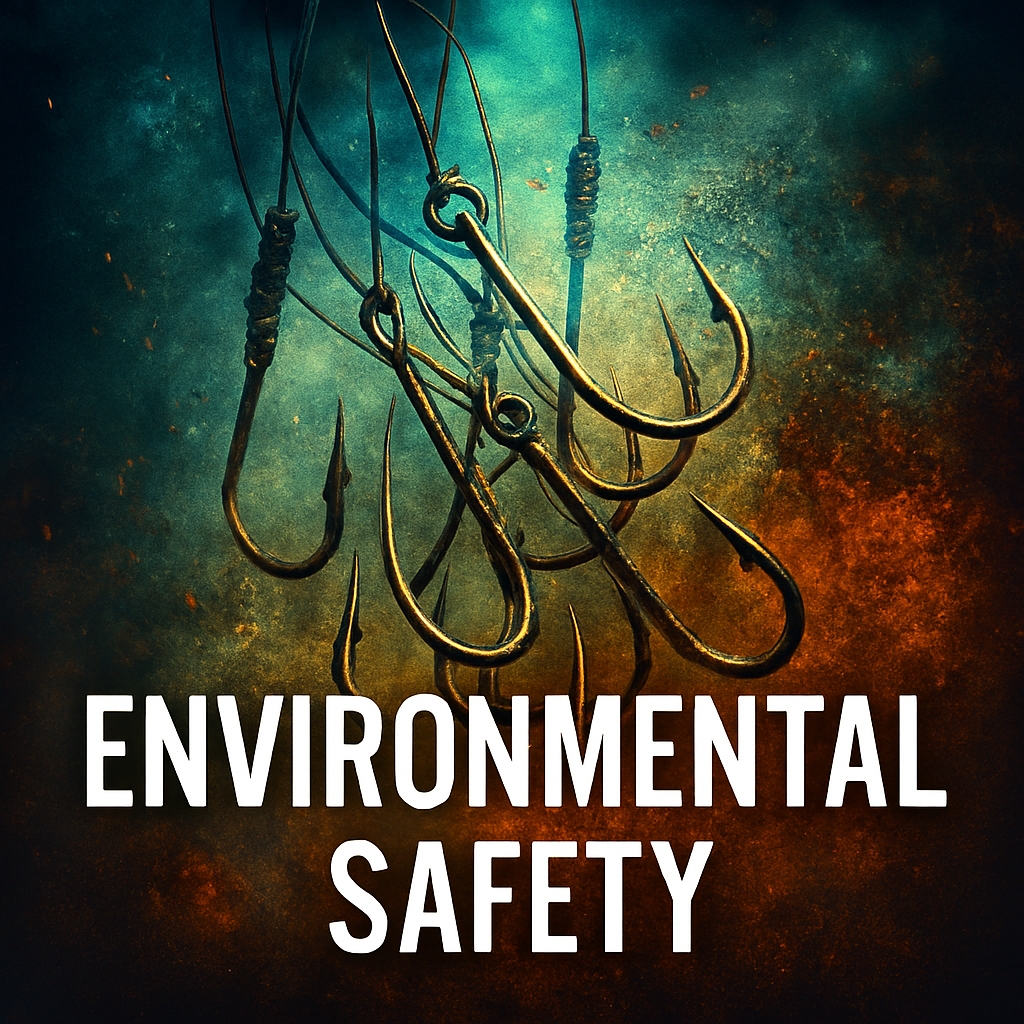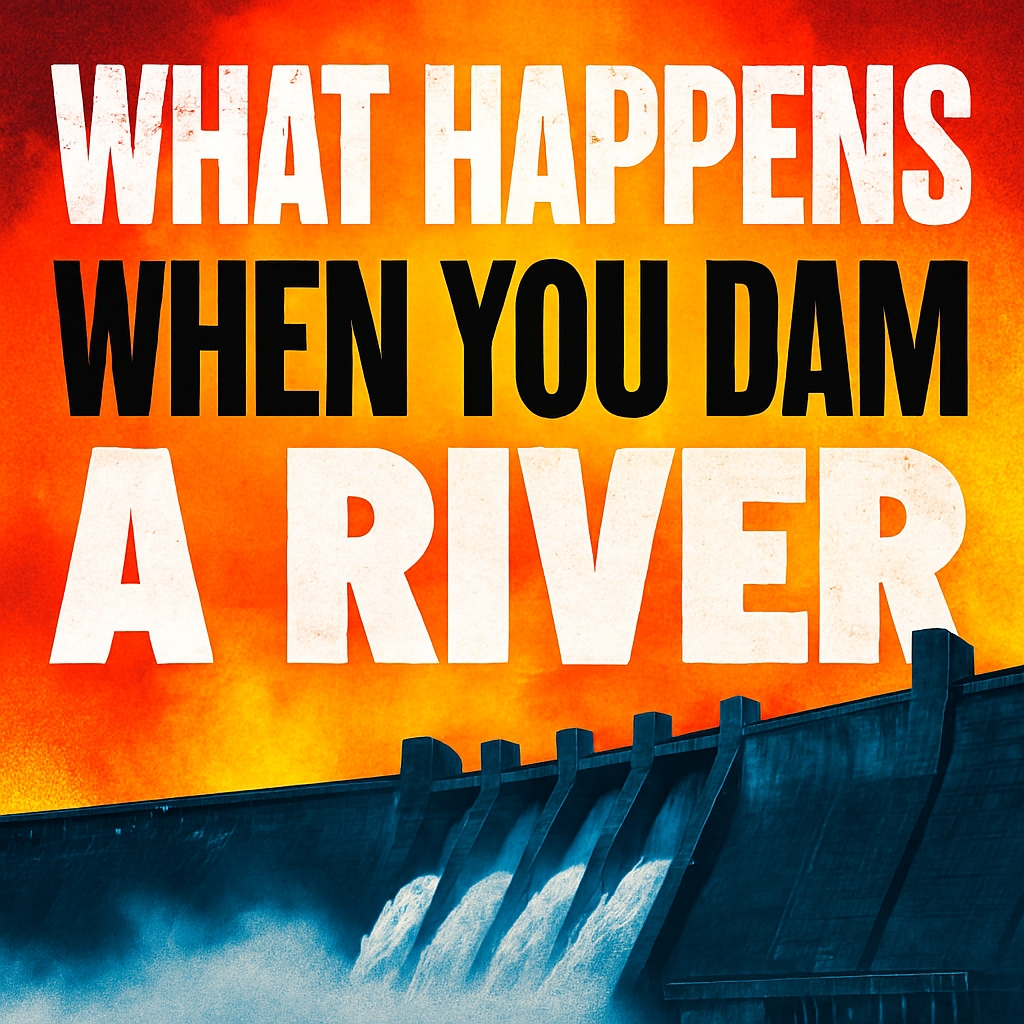Whales and Dolphins Get Beached
The Why?
Whale and dolphin strandings, also known as beachings, are a phenomenon that has puzzled scientists and marine enthusiasts for centuries. These events, where marine mammals become stranded on shorelines, can be tragic and mystifying.
Natural Causes Of Why Whales And Dolphins Get Beached
Navigational Errors
Whales and dolphins rely heavily on echolocation for navigation. However, natural phenomena such as shifting underwater landscapes, strong currents, and complex coastal topographies can lead to navigational errors, causing these animals to become disoriented and stranded.

Illness and Injury
Health Challenges
In some cases, whales and dolphins may beach themselves due to illness or injury. Parasites, infections, and diseases can weaken these animals, making it difficult for them to swim and navigate effectively. Injuries from predators or collisions with vessels can also contribute to strandings.
Environmental Factors
Changes in Water Conditions
Environmental changes, such as fluctuations in water temperature, salinity, and tides, can impact the behavior and health of marine mammals. For example, sudden changes in water temperature can cause stress and disorientation, leading to strandings.
Human Activities
Noise Pollution
Human activities, such as shipping, industrial operations, and military exercises, can introduce significant noise pollution into marine environments. Loud and persistent noises can interfere with the echolocation abilities of whales and dolphins, causing confusion and disorientation that may result in strandings.

Chemical Pollution
Contaminants and Toxins
Chemical pollutants, including heavy metals, pesticides, and plastics, can accumulate in marine ecosystems and affect the health of whales and dolphins. Exposure to these contaminants can weaken their immune systems and make them more susceptible to illness and disorientation.
Social Structures
Follow-the-Leader Behavior
Whales and dolphins are highly social animals that often travel in pods. In some instances, the stranding of one individual can trigger a follow-the-leader response, where other members of the pod also become stranded. This behavior can be particularly pronounced in species with strong social bonds.
Predatory Threats
Escaping Predators
In certain situations, whales and dolphins may beach themselves while attempting to escape from predators. Orcas (killer whales), for example, are known to hunt other marine mammals. In a desperate bid for survival, some animals may seek refuge onshore, resulting in strandings.
Geological and Meteorological Events
Natural Disasters
Geological and meteorological events, such as earthquakes, underwater volcanic eruptions, and tsunamis, can significantly alter marine environments. These natural disasters can create shockwaves and disruptions that disorient whales and dolphins, leading to beachings.

Climate Change
Long-Term Environmental Shifts
Climate change poses a significant threat to marine ecosystems, leading to shifts in sea temperatures, ocean currents, and habitat distribution. These changes can disrupt the natural behaviors of whales and dolphins, making them more vulnerable to stranding events.
Toxic Algal Blooms
Harmful Algal Blooms (HABs)
Toxic algal blooms, also known as red tides, can produce harmful toxins that affect marine life. When whales and dolphins ingest contaminated water or prey, they may suffer neurological and physiological effects, leading to disorientation and potential strandings.
Habitat Degradation
Loss of Critical Habitats
Human activities such as coastal development, pollution, and overfishing can degrade essential habitats for whales and dolphins. The loss of critical feeding and breeding grounds can force these animals to venture into unfamiliar territories, increasing the risk of strandings.
Marine Traffic
Vessel Strikes
The increase in marine traffic poses a direct threat to whales and dolphins. Collisions with vessels can cause severe injuries, disorientation, and even death. Injured animals may become disoriented and eventually strand on shorelines.
Seasonal Migrations
Navigational Challenges
Whales and dolphins undertake long seasonal migrations to find food and breeding grounds. Navigating these vast distances poses challenges, and environmental factors such as changing water conditions and human activities can disrupt their routes, leading to strandings.
Sonar from Military and Other Sources
Acoustic Disturbances
Sonar, used by military and industrial operations for navigation, communication, and detection, can create powerful acoustic disturbances in marine environments. These intense sound waves can interfere with the echolocation abilities of whales and dolphins, causing confusion, disorientation, and stress. In some cases, the exposure to sonar can lead to physical harm and strandings.
Conservation Efforts
Mitigating Strandings
Efforts to mitigate whale and dolphin strandings include monitoring and regulating marine activities, implementing marine protected areas, and conducting research on the causes and prevention of strandings. Conservationists work tirelessly to develop strategies that protect these animals and their habitats.

Public Awareness
Educating Communities
Raising public awareness about the causes of whale and dolphin strandings can foster greater appreciation and support for marine conservation. Educating communities about the impact of human activities on marine ecosystems can inspire actions to reduce pollution and protect marine life.
Research and Rescue
Collaborative Initiatives
Ongoing research and rescue initiatives are essential for addressing whale and dolphin strandings. Collaborative efforts between scientists, conservation organizations, and local communities can enhance our understanding of these events and improve response strategies.
Conclusion Of Why Whales And Dolphins Get Beached
Whale and dolphin strandings are complex events with multiple contributing factors. Natural causes, environmental changes, human activities, social structures, and predatory threats all play a role in these occurrences. By studying and addressing the underlying reasons for beachings, we can work towards protecting these magnificent marine mammals and ensuring their survival in the wild.
Join the Discussion On Why Whales And Dolphins Get Beached
The phenomenon of whale and dolphin strandings is complex and deeply impactful for marine life. What do you think are the most significant factors contributing to these events? Do you have any personal experiences or insights related to this issue? Why Do Whales And Dolphins Get Beached?

















Stereotypes Australia With Strange Myths And Funny Realities
[…] is indeed home to some of the world’s most dangerous creatures, encounters with these animals are relatively rare. Most Australians go about their daily lives without ever coming into contact with these dangerous […]